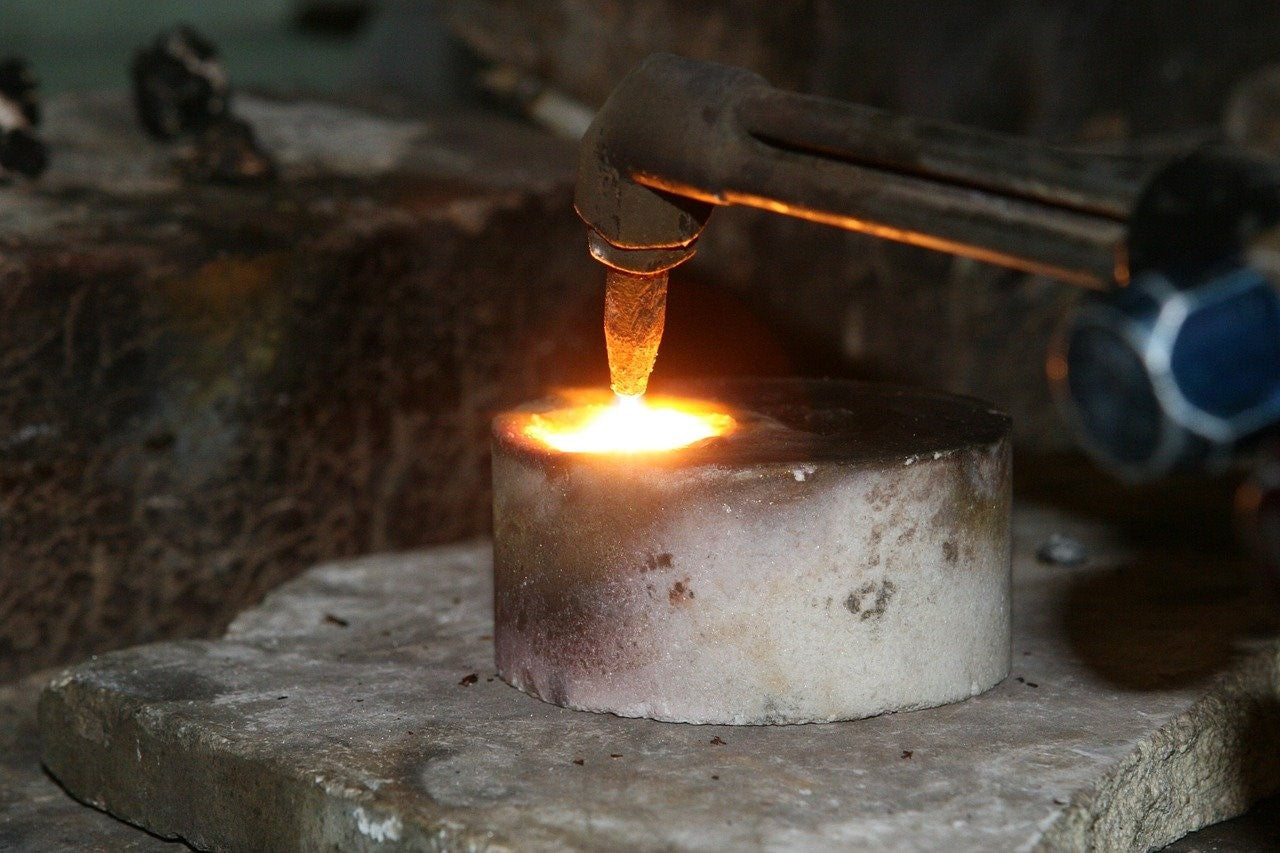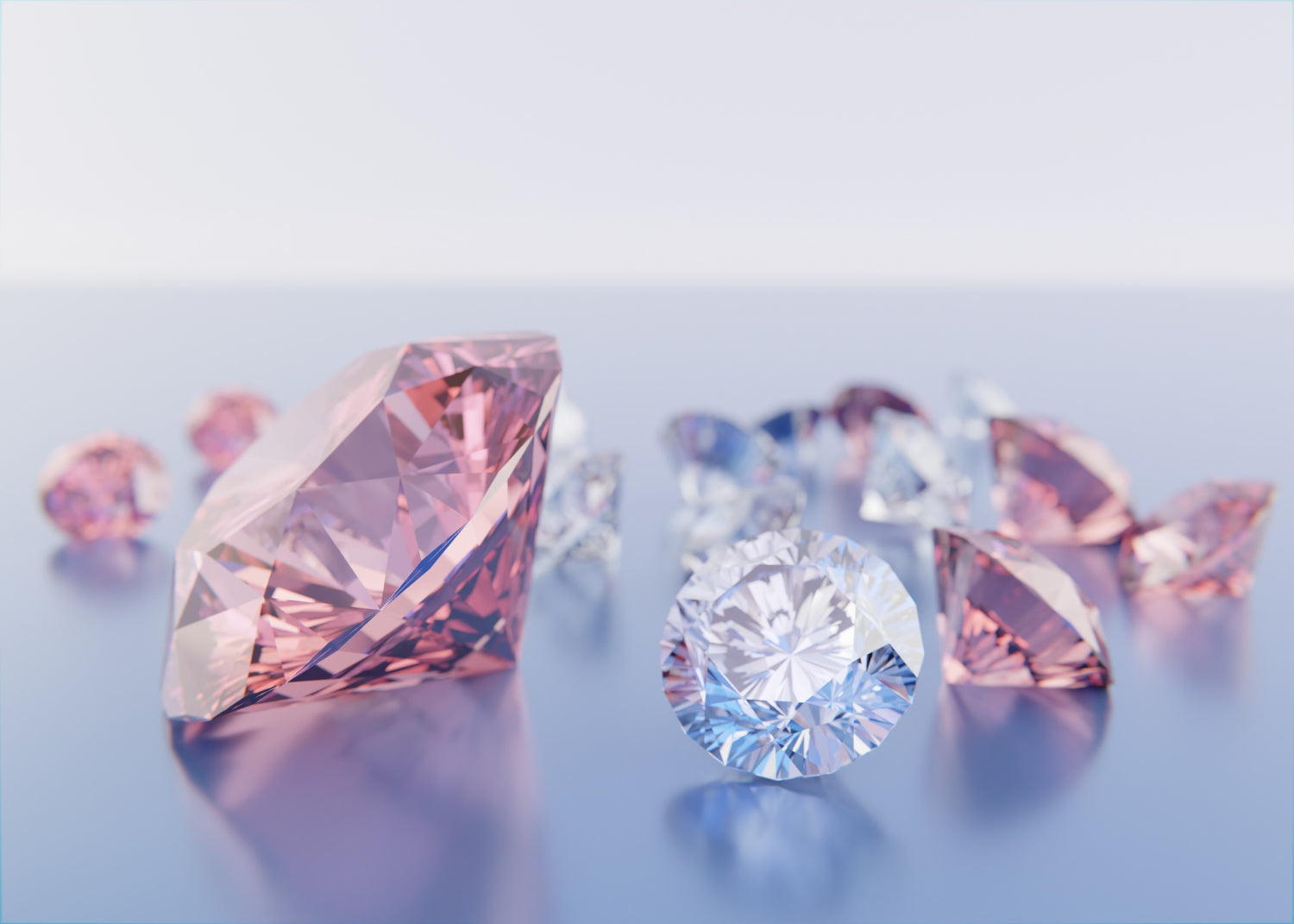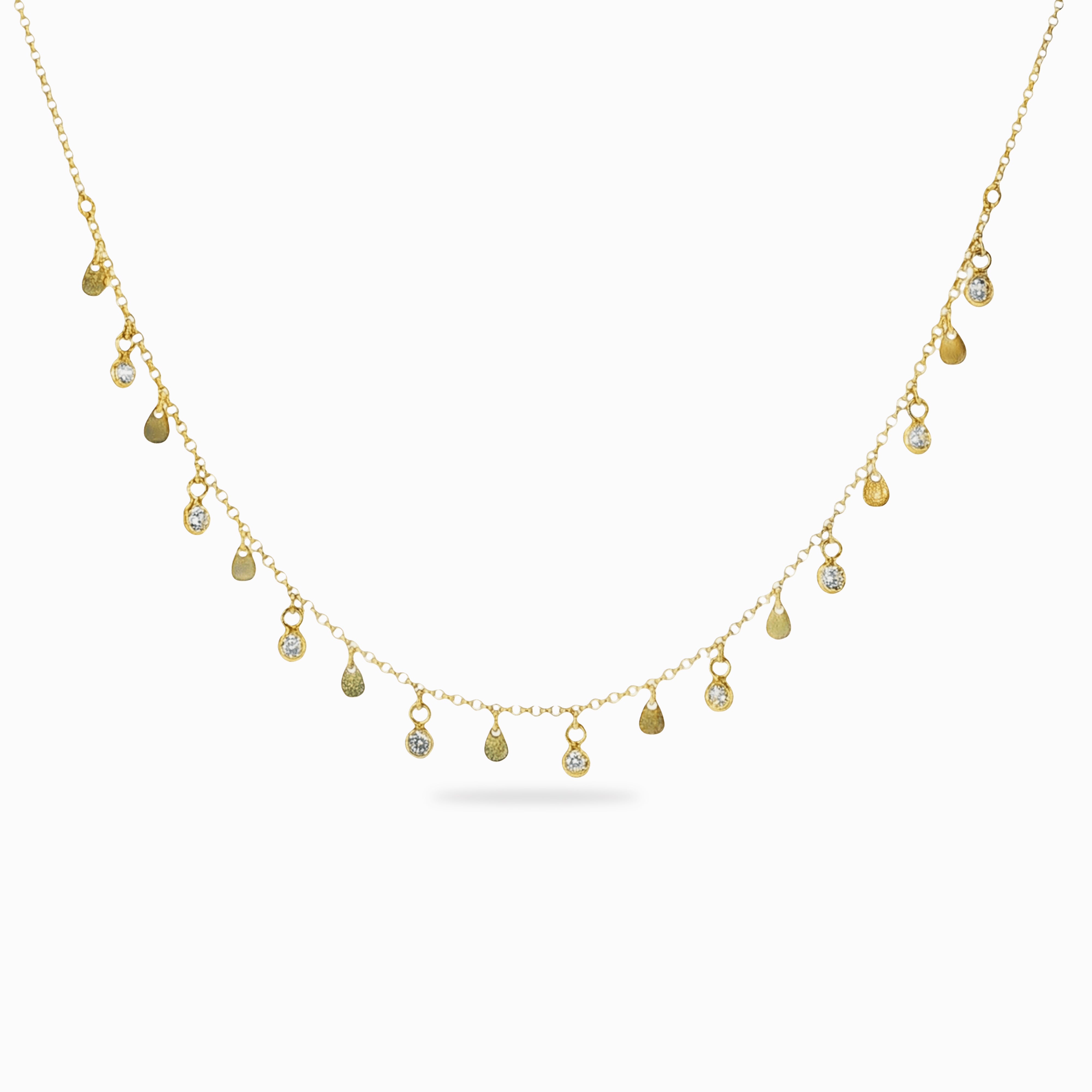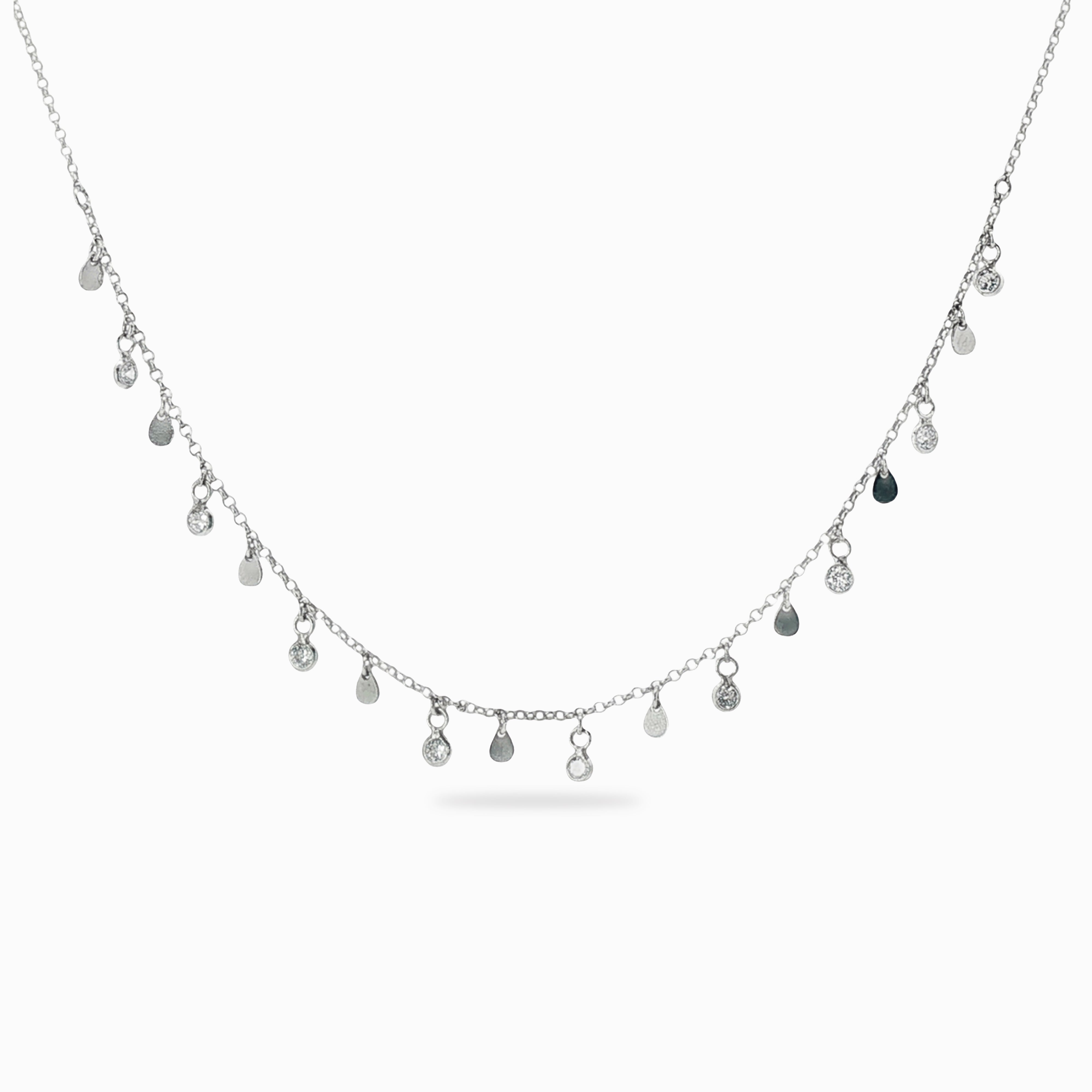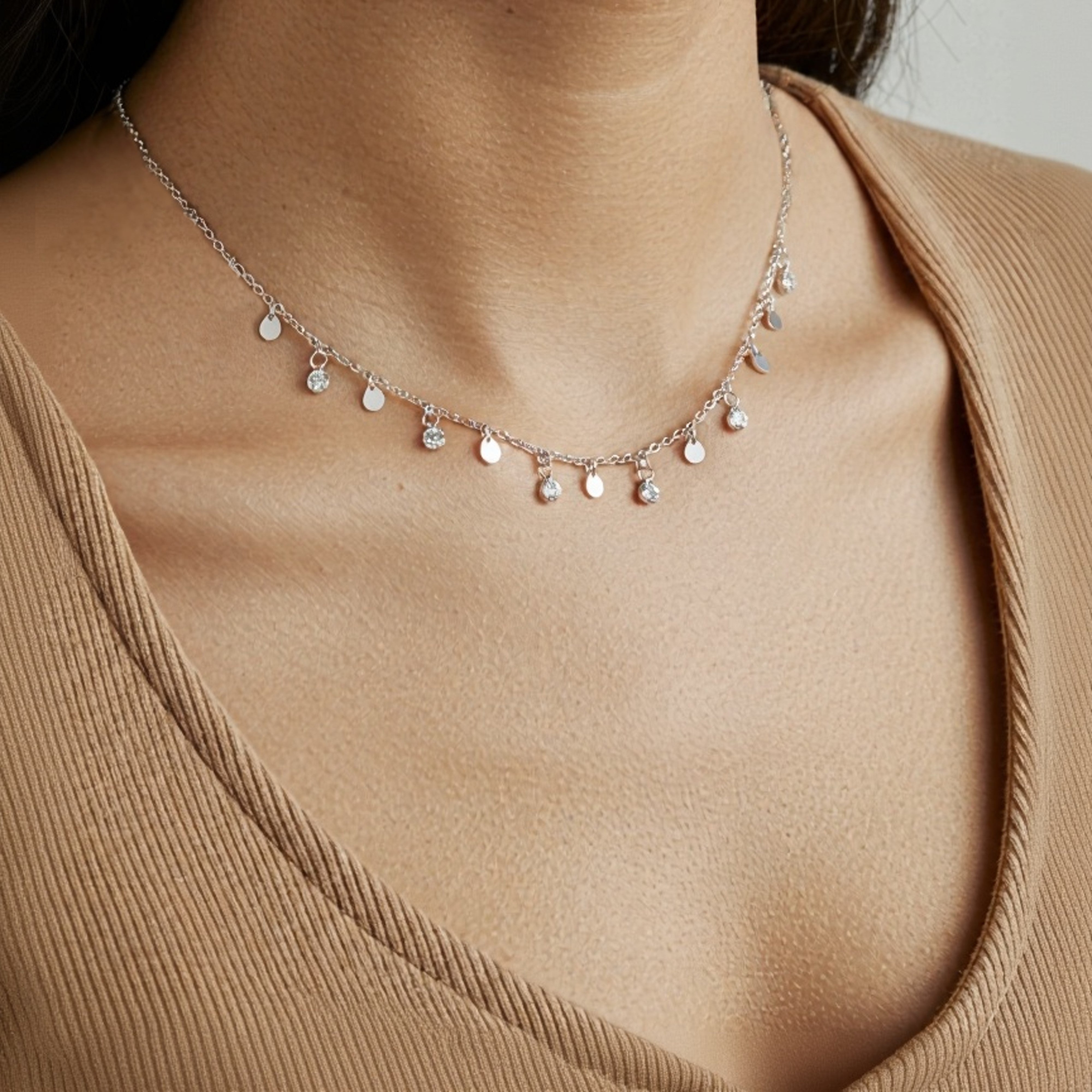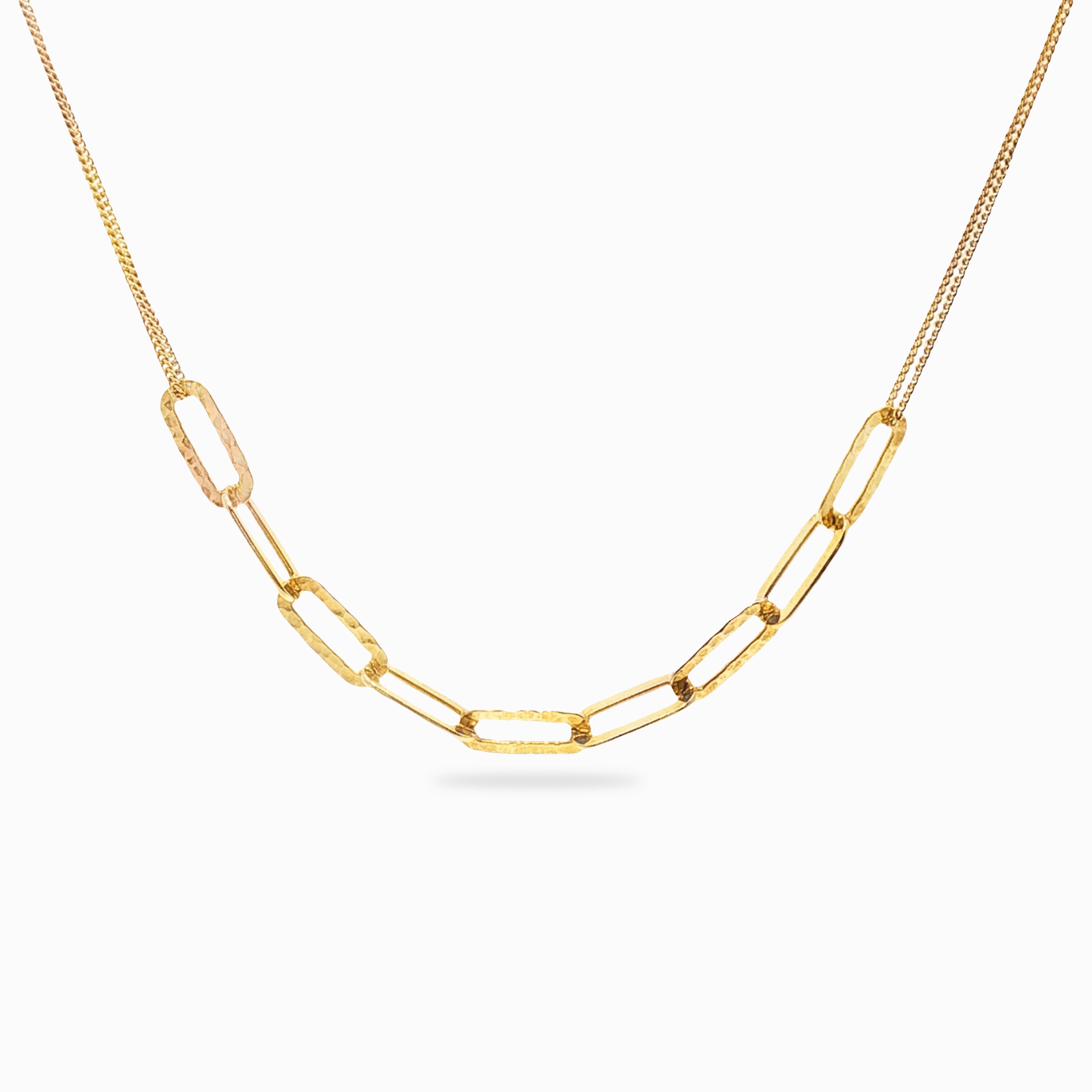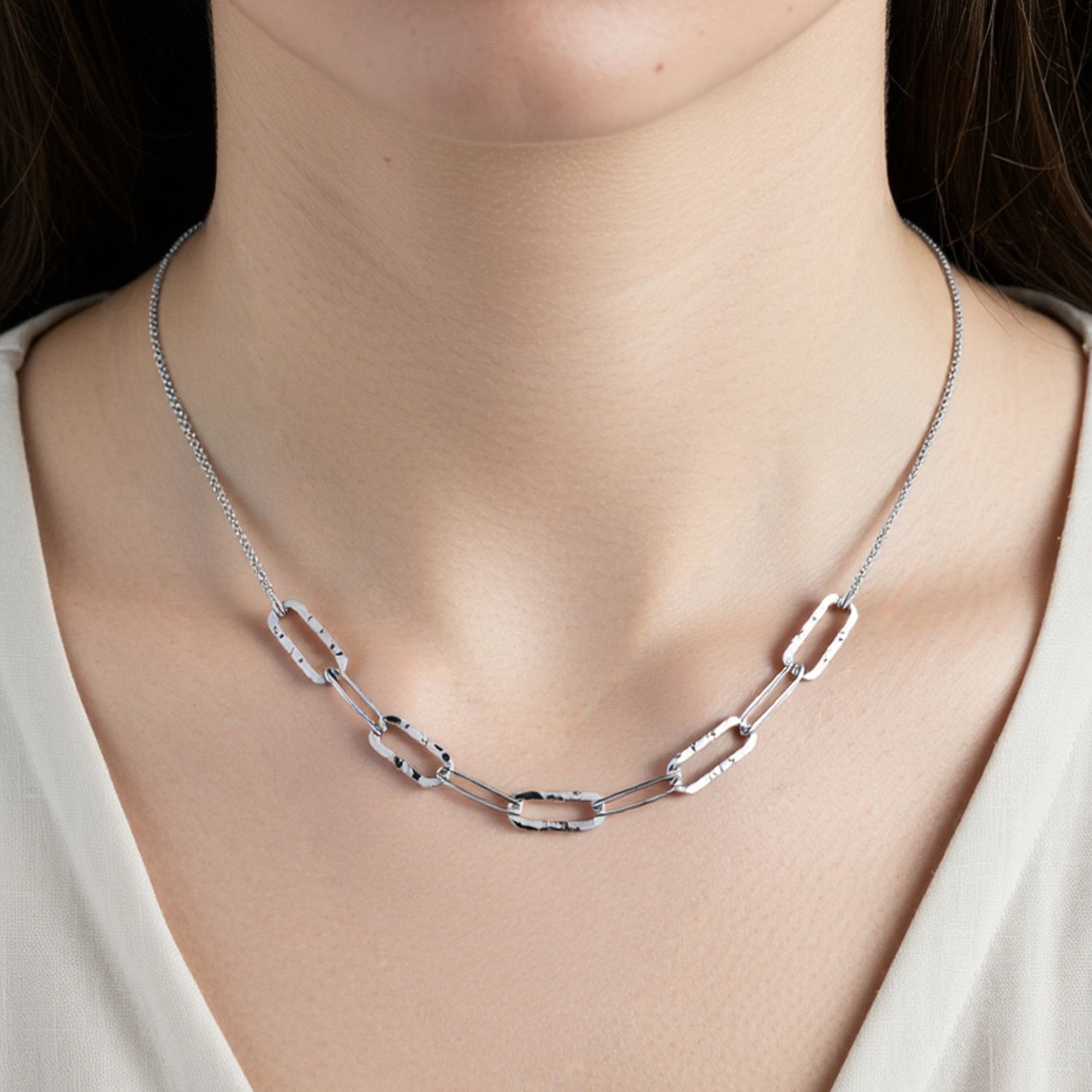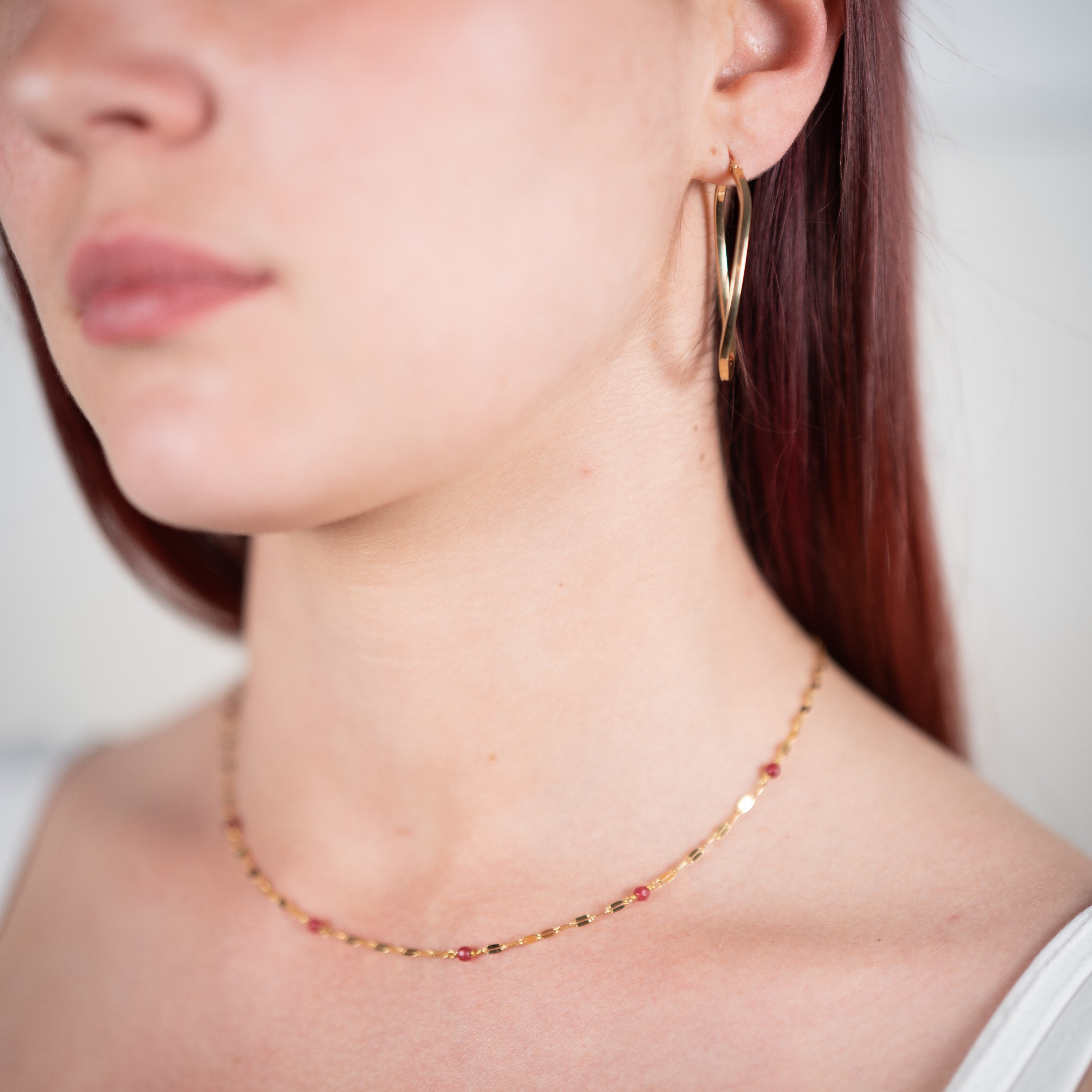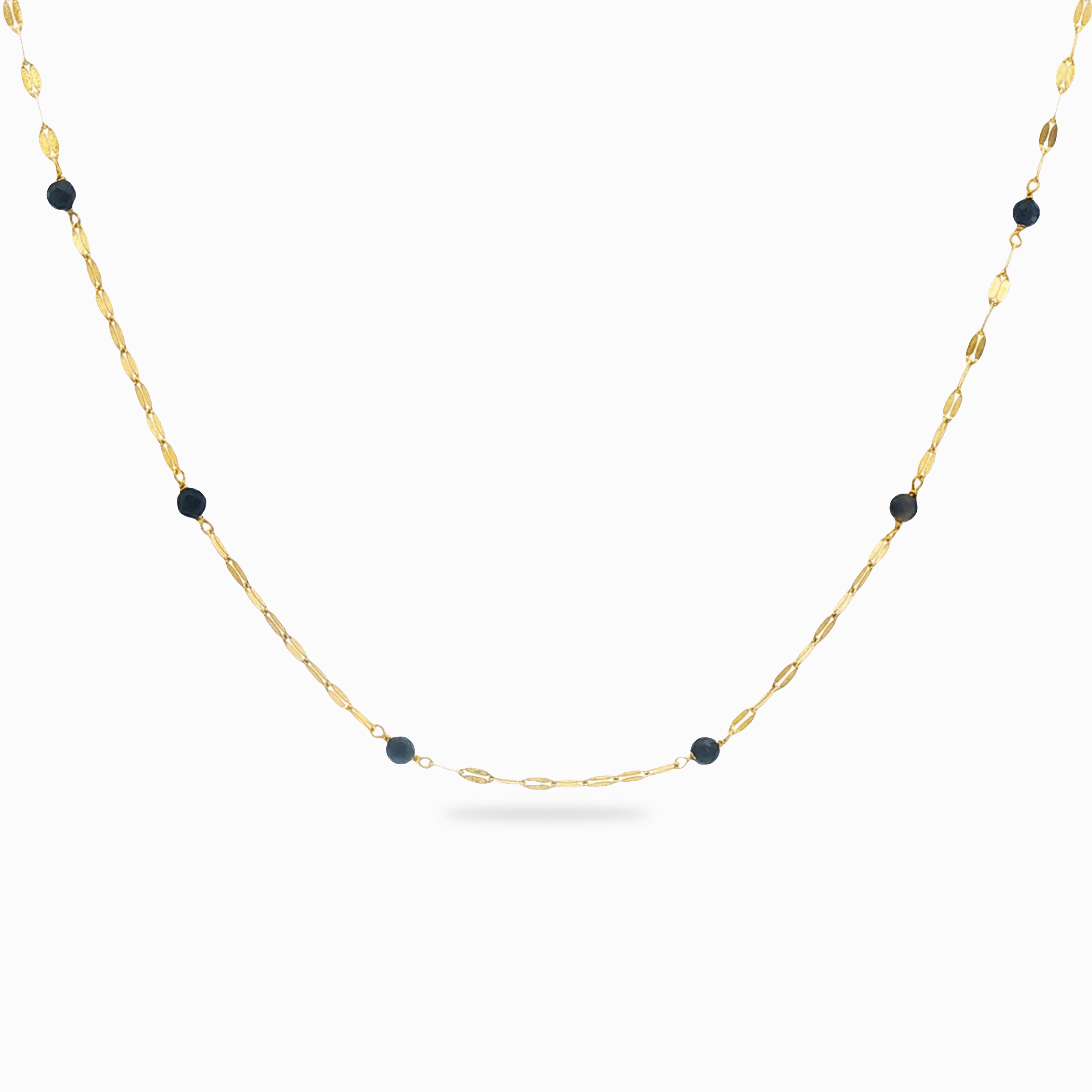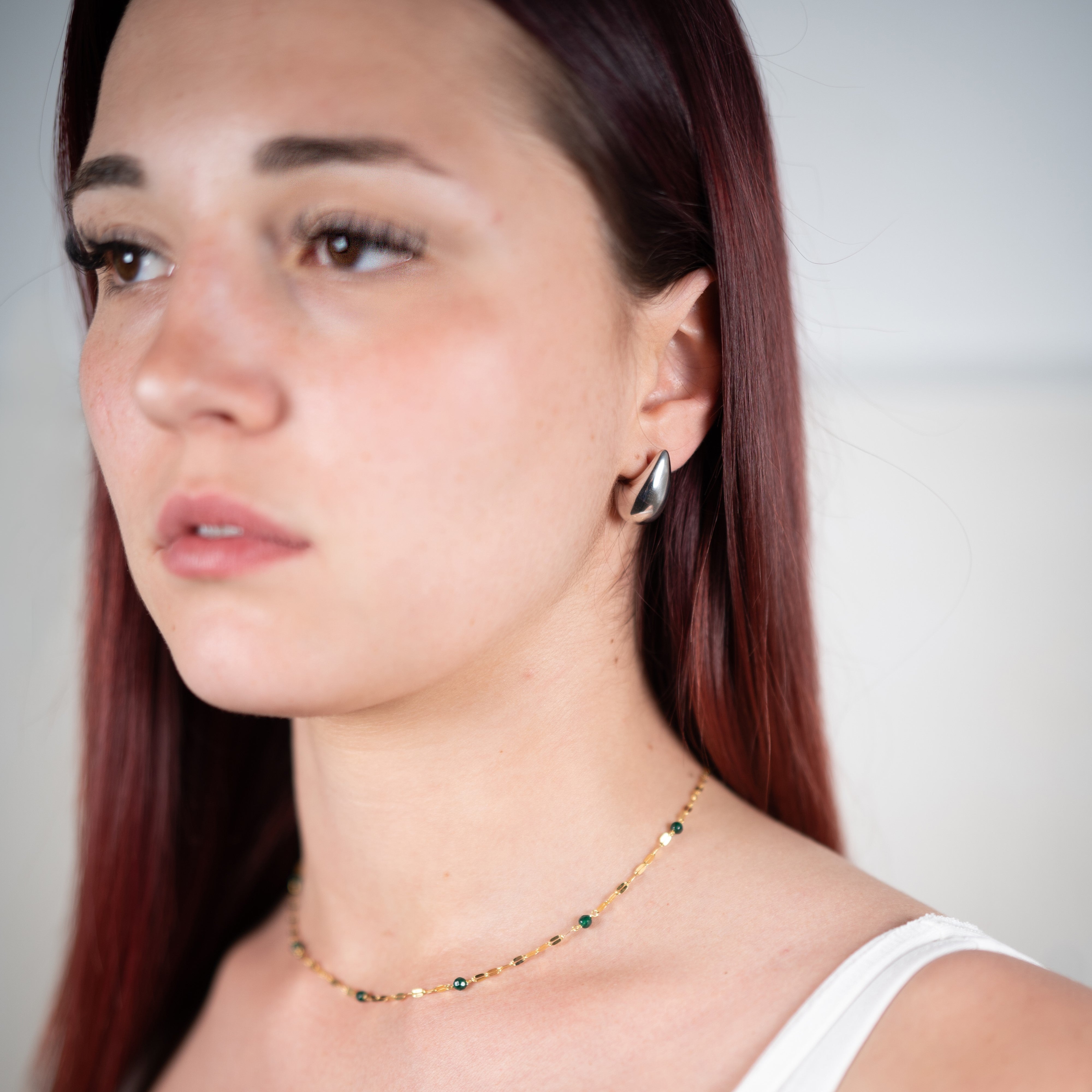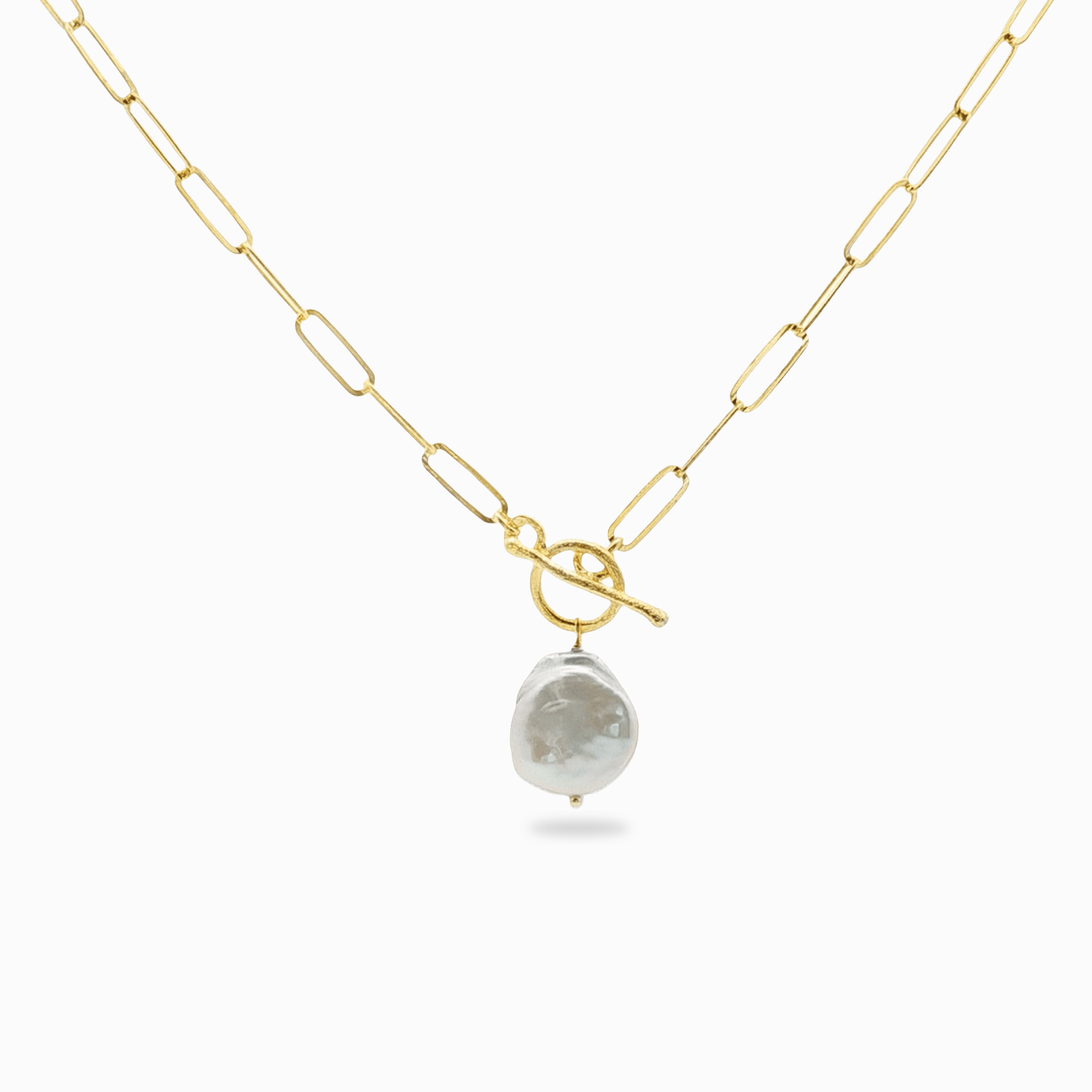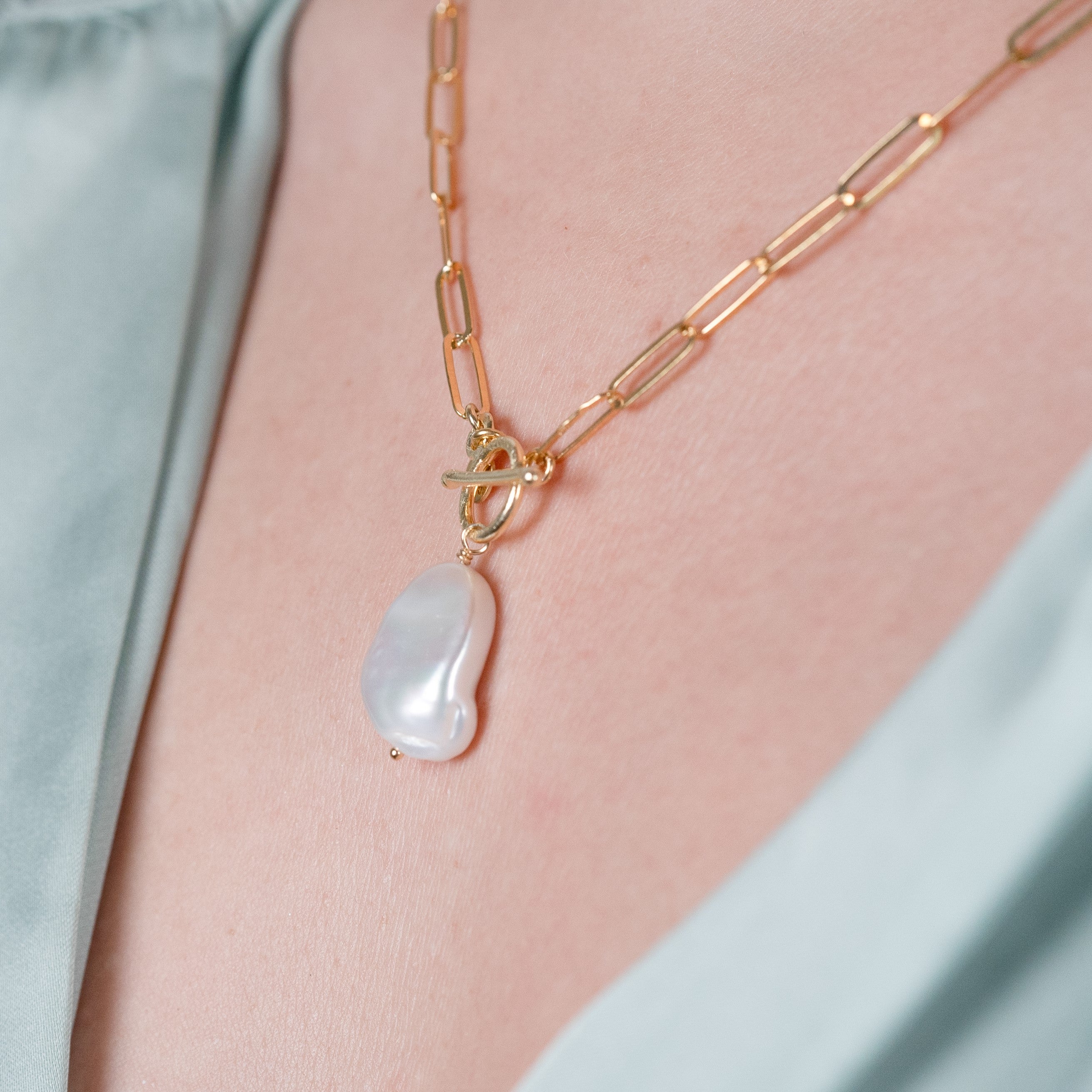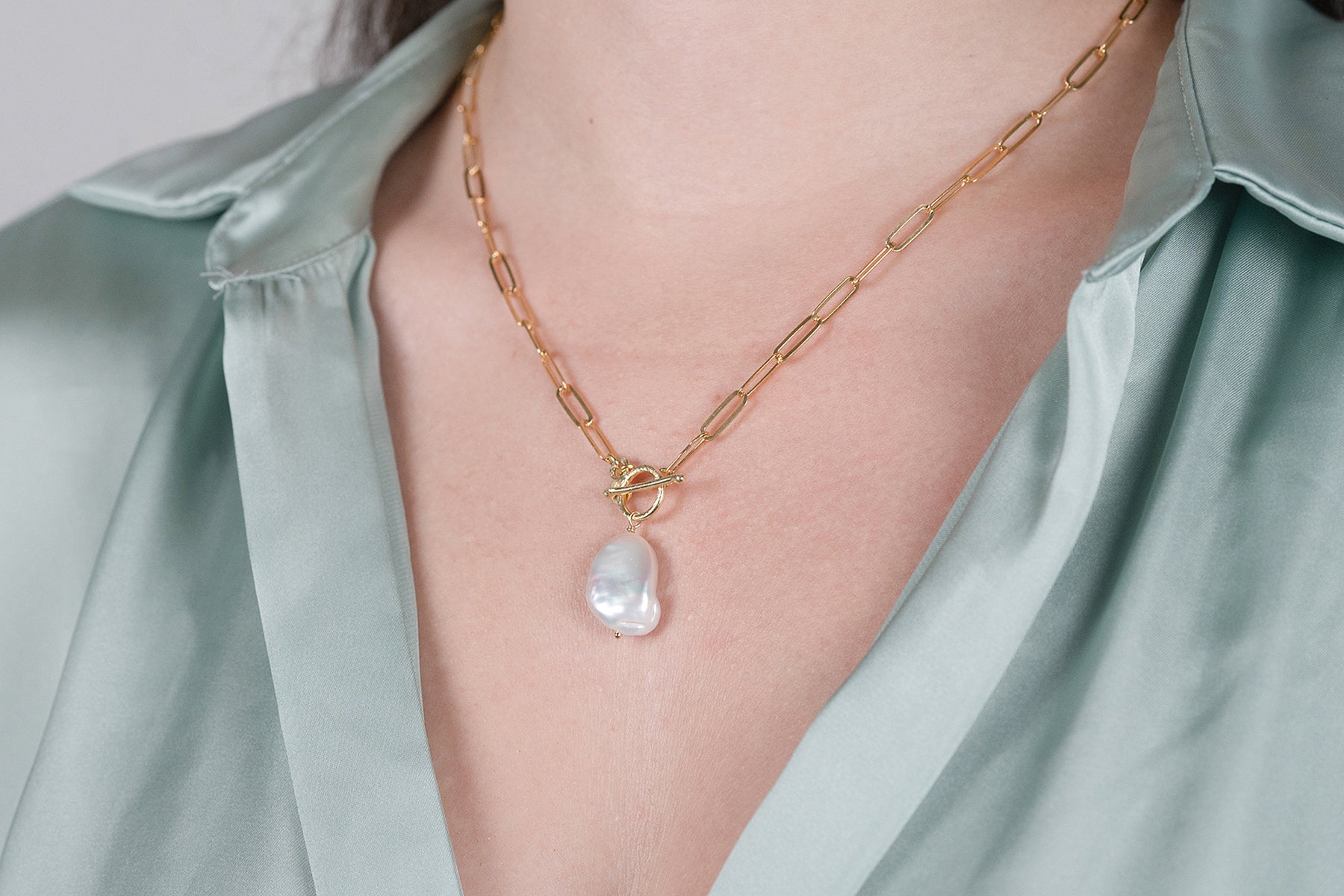
Natural Pearls: the radiance and mystery of nature
Natural pearls fascinate with their subtle brilliance and timeless elegance. This precious gem is the result of a complex and fascinating natural process. Unlike cultured pearls, which require human intervention, it is the exclusive product of nature, with no external manipulation. In this article, we take an in-depth look at their world, their formation, their unique characteristics and their place in history and culture.
Natural pearl formation
The natural formation process
Pearls are organic in origin. They are formed in oysters. All it takes is for a small foreign body to enter the shell, and the oyster will release a blackish substance that will be its only defense against the "intruder".
Then the mollusk secretes a whitish substance called "mother-of-pearl". And it's this "mother-of-pearl" that has seduced men since the dawn of time. This process can last several years, with each layer of nacre adding to the pearl's beauty and brilliance.
The rarity of natural pearls
The formation of natural pearls is an extremely rare phenomenon. Around one oyster in several thousand produces a pearl, and of these, very few are of sufficiently high quality to be used in jewelry. This rarity explains their often high price and their status as a symbol of luxury and refinement.

Human intervention in cultured pearls
Unlike natural pearls, cultured pearls are produced by human intervention. The process begins with the introduction of a nucleus, usually a small mother-of-pearl bead, into the oyster. This induces the mollusc to produce nacre around the nucleus, forming a cultured pearl. Although the mechanism is similar to that of natural pearls, the presence of the artificial nucleus and human control of the process introduce notable differences.
It will take several years for them to mature. Note that cultured pearls are harvested much earlier than wild pearls, so the thickness of the nacre is thinner.
Appearance and quality
Cultured pearls tend to be more regular in shape and size than natural pearls. This is due to the rigorous selection of nuclei and controlled culture conditions. Being available in larger quantities, they are easier to match. Natural pearls, on the other hand, are often irregular, with a greater variety of shapes and colors, reflecting their spontaneous, unmanipulated origin.
History and cultural significance of pearls
Pearls have played an important role in human history, symbolizing wealth, power and purity. In ancient civilizations, such as Egypt, Rome and China, pearls were prized as rare treasures and were often reserved for royalty and the elite. They embodied luxury and power. In imperial China, they had a strong spiritual symbolism, bringing security and well-being to those who wore them.
Cleopatra, Queen of Egypt, is famous for her love of pearls, going so far as to dissolve a pearl in vinegar to prove her wealth at a banquet.
Symbolic meaning
Beyond their material value, pearls also have deep symbolic meaning as a natural stone. They are often associated with purity and innocence, making them a popular choice for wedding jewelry. In many cultures, the gift of pearls is a gesture of respect and recognition, symbolizing love, sensuality and femininity.

Types of natural pearls
Akoya Pearls
Akoya pearls, originally from Japan, are famous for their exceptional brilliance and smooth surface. They are often used in necklaces and earrings because of their generally round shape and brilliant luster. They are the product of the Pinctada fucata oyster, found in the temperate waters of Japan and China.
Tahitian Pearls
Tahitian pearls, also known as black pearls, come from the Pinctada margaritifera oyster, which inhabits the lagoons of French Polynesia. Contrary to their name, these pearls are not always black, but can range in color from silvery gray to peacock green. Their larger size and unique hues make them particularly prized in high jewelry.
South Sea Pearls
South Sea pearls are the largest and often the most precious of natural pearls. They come from the Pinctada maxima oyster, found in the warm waters around Australia, Indonesia and the Philippines. They are renowned for their impressive size, smooth surface and satin sheen.
How to identify a natural pearl
Visual and tactile tests
To identify a natural pearl, several tests can be carried out. Natural pearls often have irregular shapes and subtle imperfections on their surface. When touched, they can appear slightly rough due to the layers of mother-of-pearl, unlike cultured pearls, which are often smoother.
Laboratory tests
Thanks to the use of X-rays, more advanced tests can be carried out to examine the pearl's internal structure. Natural pearls show a concentric structure of mother-of-pearl layers without a distinct nucleus, while cultured pearls reveal a central nucleus surrounded by mother-of-pearl.

Care and preservation of pearls
Basic tips
Pearls are delicate gems that require special care to maintain their luster. Wearing them regularly is advisable, as the natural oils in the skin can help preserve their luster. However, it is important to avoid exposure to chemicals, such as perfumes and skincare products, which can damage the nacre.
Appropriate storage
To avoid scratches, pearls should be stored separately from other jewelry, preferably in a case lined with soft fabric. Dry environments can also dry out mother-of-pearl, so we recommend storing them in a slightly damp place.
The environmental and ethical impact of pearls
Collecting natural pearls
Collecting natural pearls can have a significant impact on marine ecosystems. For this reason, many regions have strict regulations in place to protect oyster populations and their habitats. It's crucial to ensure that they come from sustainable, environmentally-friendly sources.
Ethics in pearl farming
While controlled, it must also respect sustainable and ethical practices. These include worker welfare, compliance with local regulations and minimizing environmental impact. More and more pearl farms are adopting eco-responsible practices, helping to protect marine ecosystems.
Conclusion
Natural pearls remain a marvel of nature, captivating by their beauty and mystery. Their rarity and formation without human intervention make them priceless treasures. Whether for their unique brilliance, rich history or symbolic meaning, they continue to enchant and inspire through the ages. At Lady Taty, we celebrate the beauty and authenticity of natural pearls, offering jewelry that embodies timeless elegance and natural grace.

